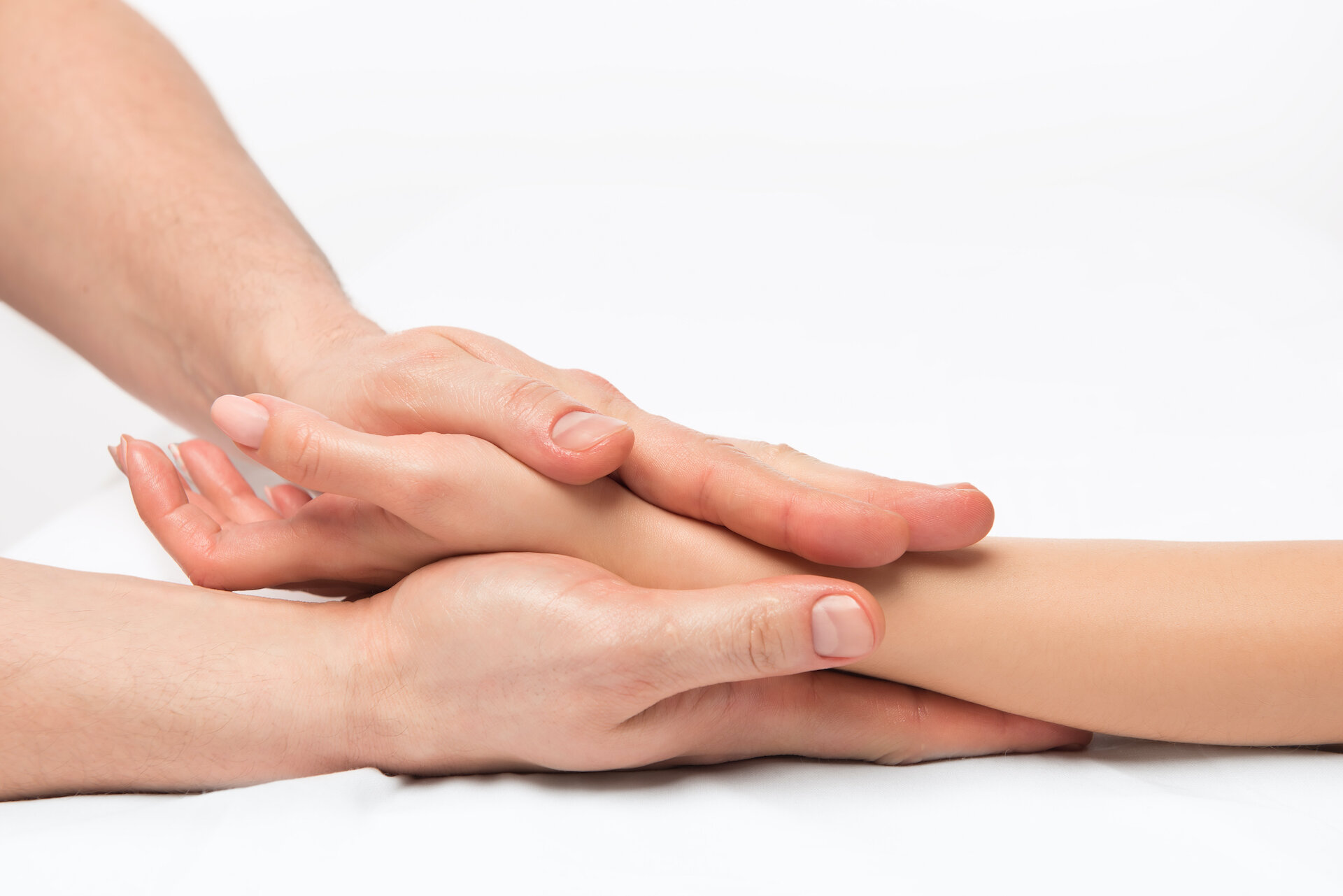Massage therapy has been practiced for thousands of years, offering a variety of techniques to promote well-being and alleviate pain. Understanding the different types of massage can help you choose the best method for your specific needs. From deep tissue massage to shiatsu, each technique targets distinct areas and offers unique benefits.
In deep tissue massage, for instance, the focus is on the lower layers of muscle and connective tissue to break up knots and ease chronic pain. Alternatively, shiatsu massage aims to relieve stress and tension through rhythmic pressure, promoting both emotional and physical relaxation. Learning about these various techniques can significantly enhance your well-being and improve your overall stress management.
When booking your next session, knowing terms like kneading, effleurage, and tapotement can help you communicate your preferences effectively. This ensures you get the most out of your massage therapy session, whether you're seeking relaxation or specific muscle relief. For more detailed information about these techniques, you can explore guides like this comprehensive guide on different types of massage.
Fundamentals of Massage Techniques
Understanding the core principles of massage is crucial for maximizing the therapeutic benefits. These fundamentals include recognizing different strokes, comparing popular styles, and knowing how to select the right massage for specific needs.
Understanding Basic Strokes and Movements
Massage techniques involve various strokes and motions that cater to different therapeutic needs. Effleurage, or long, gliding strokes, is commonly used in Swedish massage to promote relaxation and improve blood circulation. Petrissage, which includes kneading and squeezing, helps in reducing muscle tension and improving soft tissue flexibility.
Tapotement involves rhythmic tapping and is useful for stimulating nerve endings and increasing muscle tone. The friction technique uses deep circular movements to address deep tissue issues and break up connective tissue clumps, otherwise known as knots. Each stroke serves a distinct purpose, aiding in relaxation, muscle recovery, or relief from soreness.
Differences Between Popular Massage Styles
Various massage styles offer unique benefits. Swedish Massage is ideal for overall relaxation, using light to medium pressure and a series of gentle strokes. Deep Tissue Massage targets deeper layers of muscle and connective tissues, utilizing firm pressure to ease chronic pain and tension.
Sports Massage addresses the specific concerns of athletes, incorporating stretches to enhance flexibility and accelerate recovery. Thai Massage involves assisted stretching and acupressure to improve range of motion and energy flow. Hot Stone Massage utilizes heated stones to enhance muscle relaxation and blood flow, while Shiatsu Massage applies gentle pressure to specific body points, balancing energy and alleviating pain.
Selecting the Right Massage for Your Needs
Choosing the appropriate massage depends on personal goals and physical conditions. If you're seeking relaxation, a Swedish Massage or an Aromatherapy Massage with essential oils might be beneficial. For chronic pain or muscle tension, Deep Tissue Massage or Trigger Point Massage could be more effective.
Prenatal Massage specifically supports the well-being of expectant mothers, reducing swelling and stress. Those recovering from injuries or participating in sports might find Sports Massage or Thai Massage most beneficial for enhancing muscle recovery and flexibility. Understanding your needs helps in selecting a massage technique that aligns with your therapeutic goals, whether it’s to alleviate soreness, improve flexibility, or simply unwind.
Advanced Massage Considerations and Ethics
Advanced massage techniques require a well-rounded understanding of specific conditions, the unique needs of athletes, and strict adherence to ethical guidelines. By tailoring approaches, practitioners can address complex issues and ensure a safe and effective therapy environment.
Tailoring Massage to Specific Conditions
When treating chronic pain, arthritis, fibromyalgia, and other medical conditions, it’s essential to use techniques like acupressure, lymphatic drainage massage, and therapeutic massage. These methods help improve circulation, reduce pain, and promote healing.
For instance, lymphatic drainage massage can aid patients with cancer by reducing lymphedema, while gentle stretching and tapping can alleviate arthritis symptoms. Always adjust the pressure to the client's tolerance to avoid aggravating pain or causing new injuries.
Pregnant women require special consideration. Techniques must be adapted to avoid pressure on sensitive areas and promote stress reduction and relaxation. Proper certification and a clear understanding of prenatal massage are crucial.
The Role of Massage in Sports and Athlete Performance
Sports massage plays a vital role in enhancing athletic performance and speeding up recovery from injuries. Techniques such as compressing, stretching, and tapping help muscles recover quickly and maintain optimal performance.
Athletes benefit from targeted massage that focuses on reducing fatigue and muscle tension. By enhancing energy flow and reducing stress, these techniques can help athletes prepare for competitions and recover post-events.
Preventative measures like regular therapeutic massage sessions can help minimize the risk of injuries. American Massage Therapy Association recommends that practitioners stay informed about sports-specific needs and continuously update their skills.
Ethical Practices for Massage Therapists
Ethical practices are non-negotiable in providing effective and respectful massage therapy. Ensuring client comfort, obtaining informed consent, and maintaining client confidentiality are fundamental.
Massage therapists must be licensed and certified to uphold professional standards. Continuous education on ethics helps safeguard both the therapist and the client, creating a trustworthy therapeutic environment.
Always respect the boundaries and preferences of clients, especially those dealing with anxiety, depression, or medical conditions. Following established guidelines, such as those from the American Massage Therapy Association, ensures that you provide high-quality and ethically sound care.

